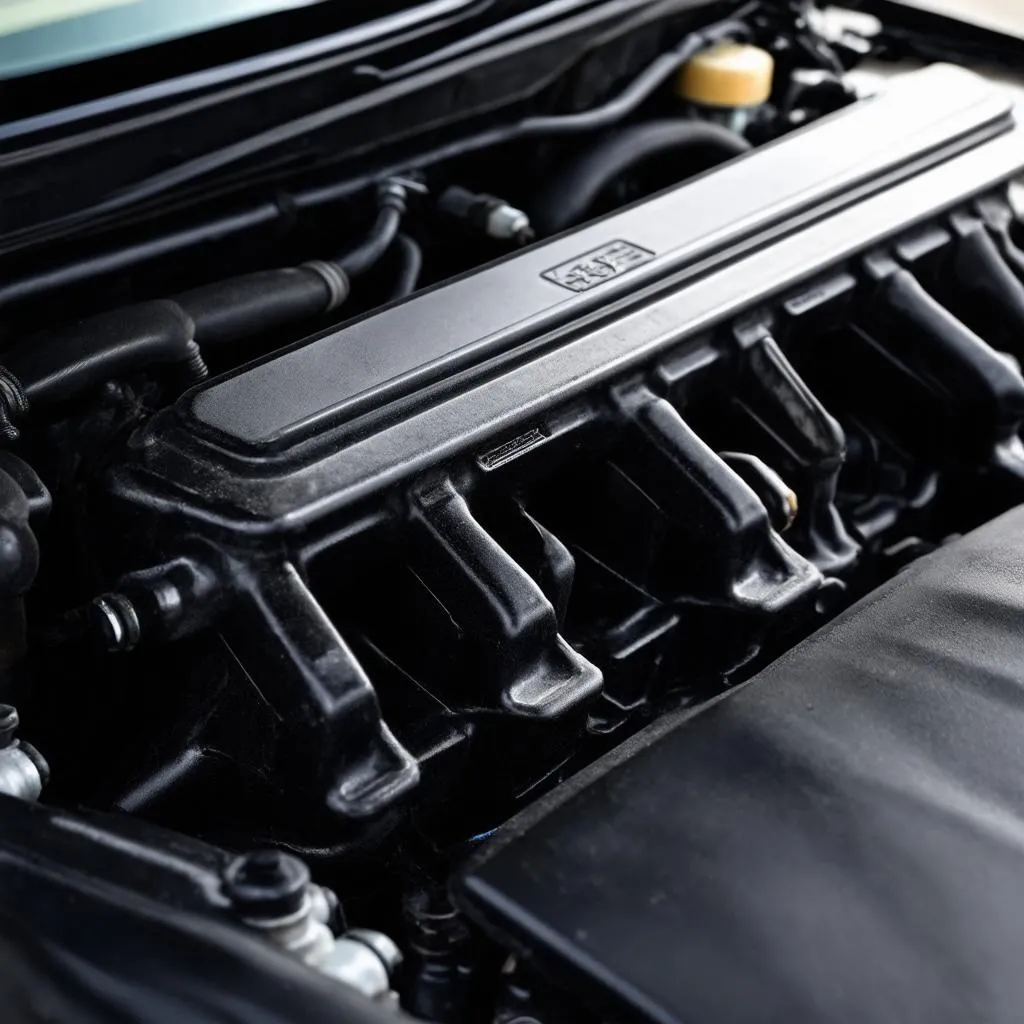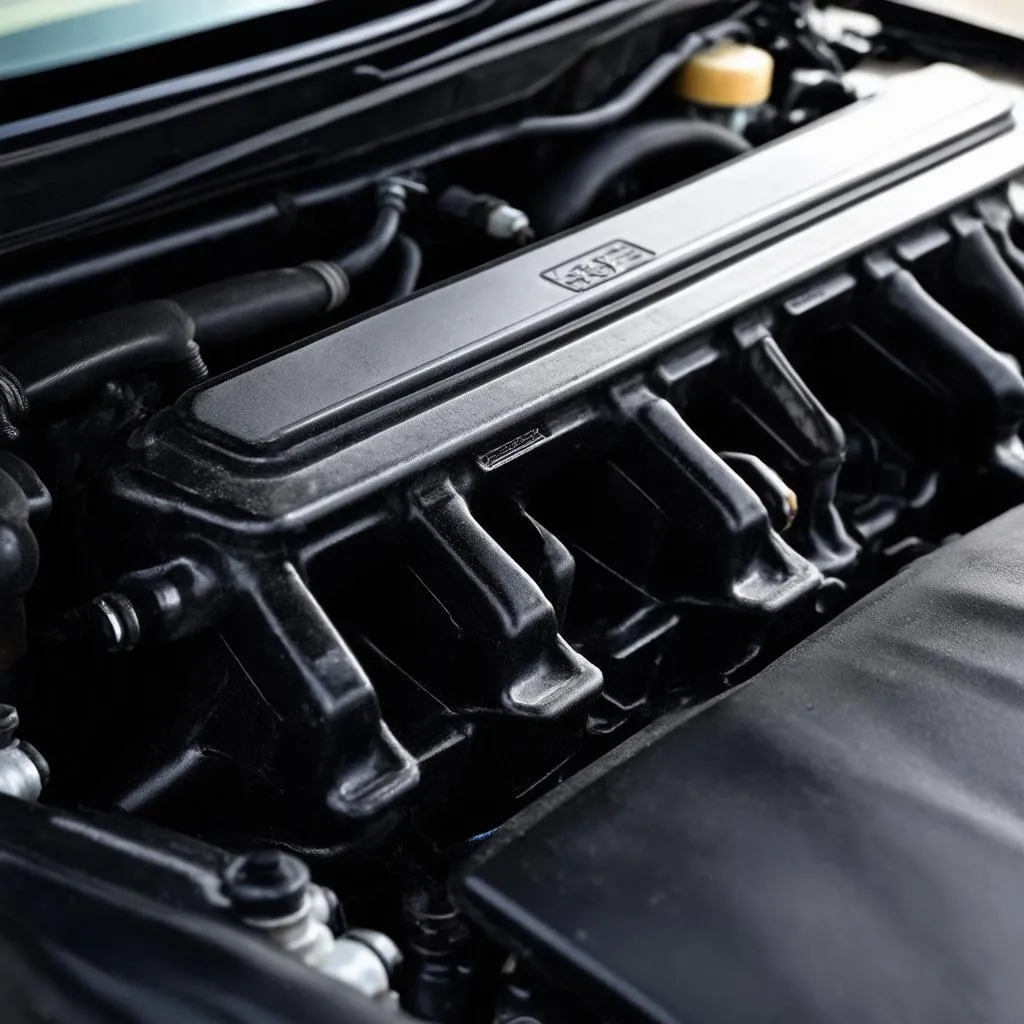Demystifying “VCDS Intake Manifold Flap”: What Every Car Owner Should Know
“A smooth sea never made a skilled sailor,” and similarly, a car running without a hiccup never taught you the intricate dance of its engine components! One such component, often whispered in hushed tones in auto repair shops, is the “intake manifold flap.” And when it comes to diagnosing and troubleshooting this tricky part, especially in European cars, a mechanic’s best friend is often the VCDS (VAG-COM Diagnostic System).
What is a VCDS Intake Manifold Flap?
Before we delve into the nitty-gritty, let’s break down what these terms mean – both for the uninitiated and those seeking to refresh their knowledge.
Unpacking the Jargon:
- Intake Manifold: Picture this: the lungs of your car engine. The intake manifold is responsible for evenly distributing air to the engine cylinders, vital for combustion and keeping your car alive and kicking.
- Intake Manifold Flap (or Runner Flaps): These clever little components, nestled within the intake manifold, are like adjustable valves. They control the airflow path, optimizing engine performance for different driving conditions. Low speeds? Flaps partially closed for better fuel efficiency. Need to unleash the beast on the highway? Flaps open wide for maximum air intake and power.
- VCDS (VAG-COM Diagnostic System): Imagine an X-ray for your car. This powerful software interfaces with your car’s computer, reading and clearing fault codes, allowing mechanics (and tech-savvy car owners) to diagnose issues like a pro.
When Things Go Wrong: The Dreaded Malfunction
Remember those perfectly orchestrated flaps? Sometimes, they can throw a wrench (or a flap, in this case) into the works. Sticking, malfunctioning, or broken intake manifold flaps can lead to:
- Reduced fuel efficiency: Imagine your car constantly guzzling fuel like it’s on a racetrack – not ideal for your wallet!
- Loss of power and acceleration: That satisfying surge of power when you hit the gas? Gone, replaced by sluggishness and frustration.
- Check engine light glowing ominously: The dreaded harbinger of car troubles, often accompanied by cryptic error codes.
VCDS to the Rescue: Diagnosing Intake Manifold Flap Issues
This is where the VCDS system comes in like a superhero in a sleek, digital interface.
- Reading Fault Codes: The VCDS acts as a direct line to your car’s brain, reading the diagnostic trouble codes (DTCs) stored when a malfunction occurs. These codes, like clues in a detective novel, pinpoint the problem area, such as the intake manifold flaps.
- Testing and Actuating: The VCDS doesn’t just read; it interacts. Mechanics can use it to activate the intake manifold flaps, listening for unusual noises or observing their movement (or lack thereof) to confirm a diagnosis.
Real-World Scenario: Mark and the Mysterious Loss of Power
Let’s say Mark, a proud owner of a Volkswagen Golf, notices his car feeling sluggish and his fuel efficiency plummeting. He connects his trusty VCDS and discovers a fault code related to the intake manifold runner control. Further testing with the VCDS confirms his suspicions: a stuck intake manifold flap is the culprit!
The Importance of Addressing Intake Manifold Flap Issues
Ignoring a faulty intake manifold flap isn’t just about sacrificing performance – it can snowball into bigger, more expensive problems.
- Catalytic Converter Damage: A malfunctioning flap can disrupt the air-fuel mixture, leading to unburnt fuel entering the exhaust system and potentially damaging the catalytic converter – a costly repair.
- Decreased Engine Lifespan: Running your engine with a faulty intake manifold flap is like forcing a marathon runner to compete with a sprained ankle. It puts undue stress on the engine, potentially shortening its lifespan.
 Intake manifold flap
Intake manifold flap
FAQs about VCDS and Intake Manifold Flaps:
Q: Can I diagnose and fix intake manifold flap issues myself using VCDS?
A: While VCDS is a powerful tool, it’s essential to have some mechanical knowledge and experience to diagnose and fix car problems correctly. If you’re unsure, it’s always best to consult a qualified mechanic.
Q: Are intake manifold flap issues common in specific car brands?
A: While any car with this system can experience issues, certain brands, particularly some European manufacturers, have had a higher reported incidence of intake manifold flap problems.
Q: What are some signs that my intake manifold flaps might be malfunctioning?
A: Aside from the check engine light, look out for reduced fuel economy, rough idling, unexplained loss of power, and unusual noises from the engine, particularly during acceleration.
Beyond Mechanics: A Touch of Feng Shui
Interestingly, the concept of smooth and balanced flow resonated by the intake manifold has parallels in ancient practices like Feng Shui. In Feng Shui, a smooth flow of energy, or “chi,” is essential for harmony and well-being. Just as blocked energy in a home can lead to stagnation, a blockage in your car’s intake manifold can disrupt its performance and longevity.
 Mechanic diagnosing a car with VCDS
Mechanic diagnosing a car with VCDS
Need Help Navigating the World of Car Diagnostics?
We understand that dealing with car troubles can be frustrating. If you’re facing issues with your car’s intake manifold, or any other engine problem, don’t hesitate to reach out to our team of expert mechanics. We’re here to help you get back on the road and enjoy a smooth, worry-free ride.
Contact our Whatsapp Support: +84767531508
Keep Your Engine Running Smoothly
Just like regular health check-ups keep us in top shape, regular car maintenance, including diagnostics with tools like VCDS, can prevent minor issues from becoming major headaches.
For more insights into car diagnostics and helpful tips on maintaining your vehicle, explore our other articles on cardiagxpert.com.
Want to learn more about VCDS and its capabilities? Check out our article on VCDS Variable Intake Manifold.
We encourage you to share your experiences, questions, and thoughts in the comments section below. Let’s keep the conversation flowing!

